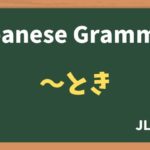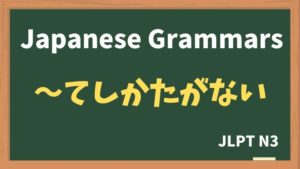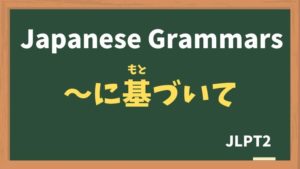
Explanation:〜際に / 〜際は
fa-check-circleMeaning
”〜ときに / 〜ときは"
"when"
Used to indicate a specific occasion or time when something occurs. They are formal expressions often used in written language or formal speech. Both phrases can be translated as "when," "at the time of," or "on the occasion of" in English, depending on the context.
fa-check-circleForm
V (dictionary form / ta form) + 際に
Nの + 際に
fa-check-circlePoints
- Indicating Specific Occasions: Both "〜際に" and "〜際は" highlight a particular time or occasion during which an action takes place or is relevant.
- Formal Usage: These expressions are typically used in formal contexts, such as official documents, speeches, or business settings.
fa-check-circleJLPT Level
N2
Sample sentenes
日本では契約の際は、印鑑が必要だ。
In Japan, a seal is required when signing a contract.
お困りの際は、いつでも相談してくださいね。
If you have any trouble, please feel free to consult us at any time.
申込みの際は、必ず注意事項をお読みになってから、用紙に記入してください。
When applying, please be sure to read the important notes before filling out the form.
商品を返品する際は、レシートをご提示ください。
Please show us your receipt when returning the product.
運転免許を更新する際には、写真が必要です。
A photo is required when renewing your driver's license.
Vocabulary
| Japanese |
English | |
| 契約 | けいやく | contract |
| 印鑑 | いんかん | name seal |
| 注意事項 | ちゅういじこう | note / caution |
| 記入 | きにゅう | to fill in |
| 提示する | ていじする | to show / to present |
| 運転免許 | うんてんめんきょ | driver's license |
| 更新する | こうしんする | to update |
Similar Sentence Patterns








